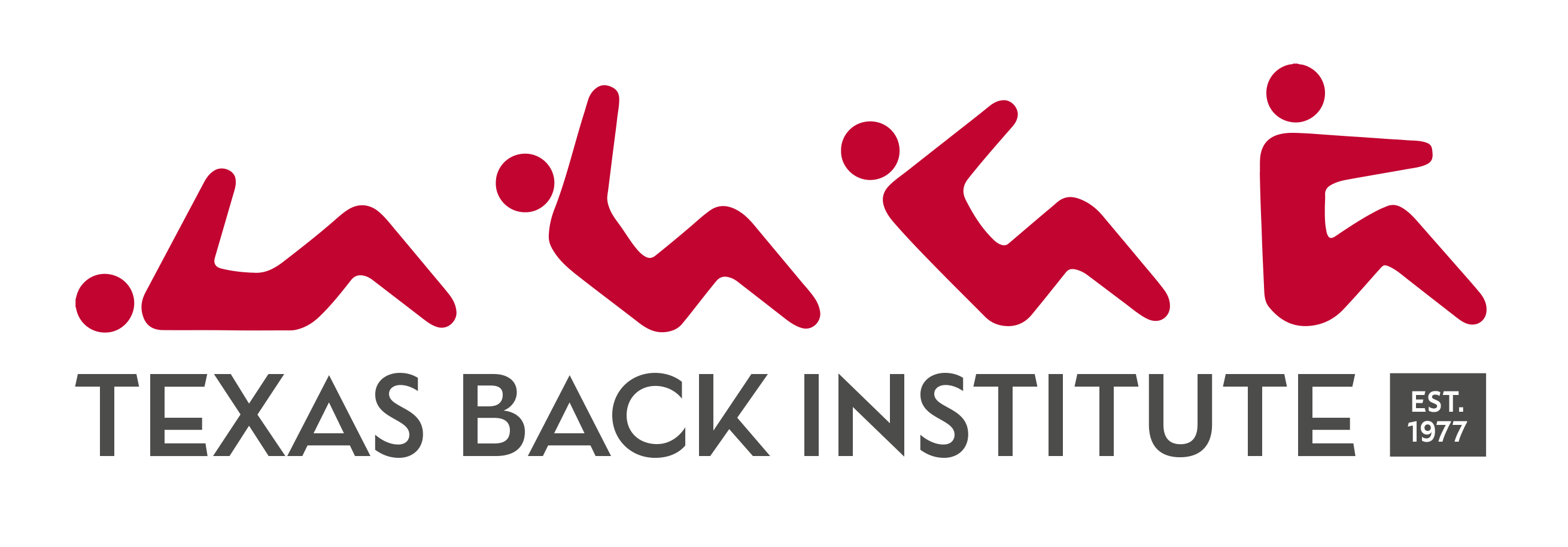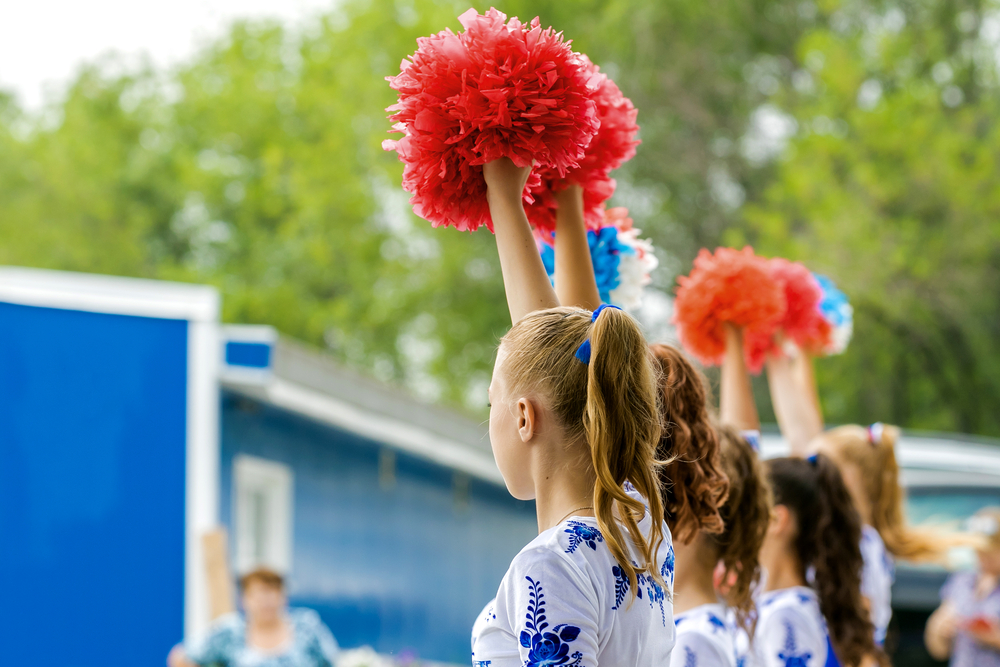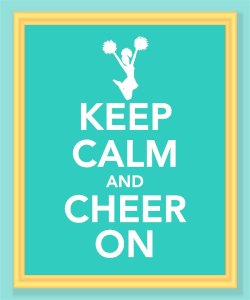Many may think the safest place for athletes is on the sidelines, however, studies show this isn’t necessarily true anymore. In the 29th Annual CATASTROPHIC SPORTS INJURY RESEARCH report high school cheerleading is accounted for 64.8% of injuries to female athletes and 70.6% at the college level. Many attribute this high injury rate with an increase in gymnastic-type stunts. Though injuries may never be completely preventable, there are some tips cheerleaders can follow-up help decrease the likelihood of injury.
According to The University of North Caroline National Center for Catastrophic Sport Injury Research, the following are a list of 12 simple guidelines that may help prevent cheerleading injuries:
#1. Cheerleaders should have medical examinations before they are allowed to participate. This would include a complete medical history.
#2. Cheerleaders should be trained by a qualified coach with training in gymnastics and partner stunting. This person should also be trained in the proper methods for spotting and other safety factors.
#3. Cheerleaders should be exposed to proper conditioning programs and trained in proper spotting techniques.
#4. Cheerleaders should receive proper training before attempting gymnastic and partner type stunts and should not attempt stunts they are not capable of completing. A qualification system demonstrating mastery of stunts is recommended.
#5. Coaches should supervise all practice sessions in a safe facility.
#6. Mini-trampolines and flips or falls off of pyramids and shoulders should be prohibited.
#7. Pyramids over two high should not be performed. Two high pyramids should not be performed without mats and other safety precautions.
#8. If it is not possible to have a physician or certified athletic trainer at games and practice sessions, emergency procedures must be provided. The emergency procedure should be in writing and available to all staff and athletes.
#9. There should be continued research concerning safety in cheerleading.
#10. Cheerleading coaches should follow the concussion policy and guidelines published by the NFHS (National Federation of State High School Associations).
#11. Cheerleading coaches should have some type of safety certification.
#12. The NFHS should make cheerleading a sport, which will place cheerleading under the same restrictions and safety rules as all other high school sports (physical exams, qualified coaches, safe facility, athletic trainers, practice limits, and starting and ending dates for practice and games or competitions). The NCAA should follow this same recommendation.
A cheerleader has been defined as someone who calls for and directs organized cheering, but more recently cheerleading involves much more than this. It’s important everyone involved in cheerleading is taking an active approach to keeping our cheerleaders safe.
If you are experiencing lower back pain due to an injury or some other factors, the physicians at Texas Back Institute are experts in all phases of diagnosis and treatment.




